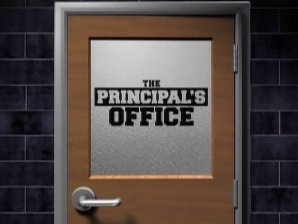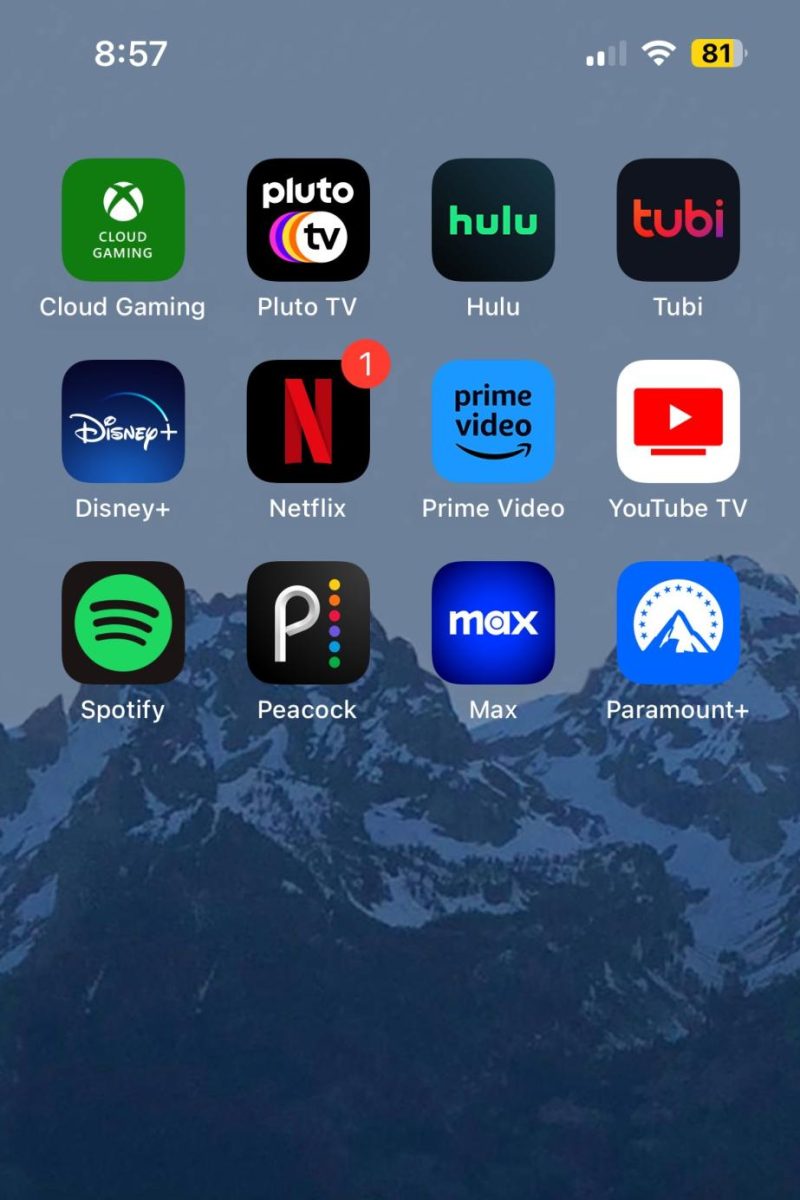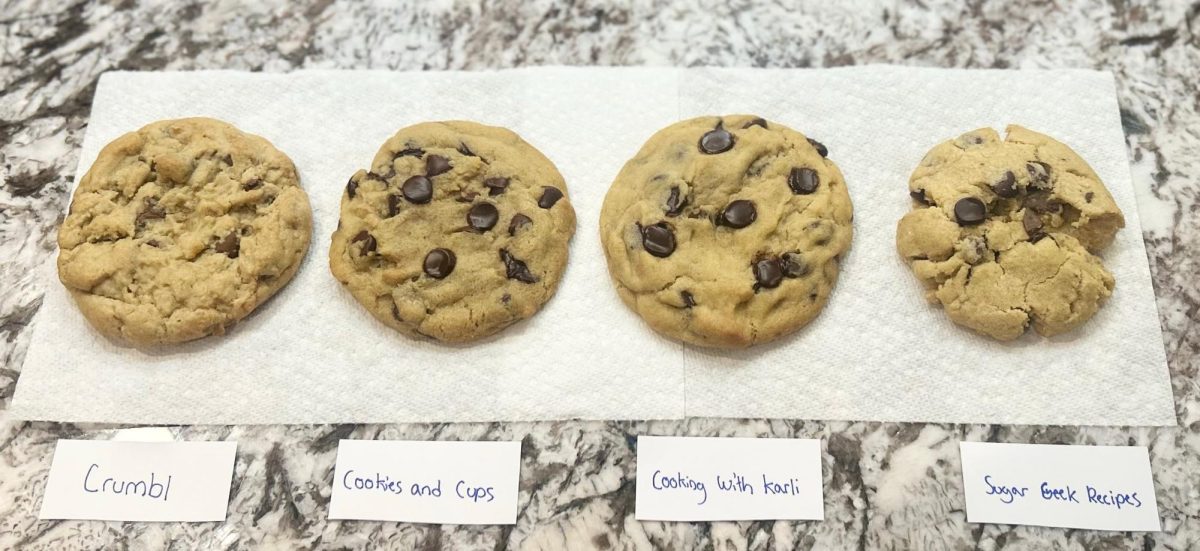Everywhere you can watch shows, it seems like a streaming service is either raising their prices or adding ads as a lower-tier option. Gone are the days of Netflix having everything for only about $9 a month, with almost every media company creating their own streaming service. Basic plans have moved from limited quality and quantity of devices to adding ads to their services in order to reduce costs.
Shows and movies often rotate between different platforms, making it more confusing than ever for consumers to find shows they want to watch. For example, if you wanted to watch the Spider-verse movies, you’d have to have Hulu to watch Into the Spider-Verse as well as Netflix to watch Across the Spider-Verse. However, it also depends on region, as Into the Spider-Verse is on Disney+ in Canada (as of this article’s writing).
Another popular example is the series Yellowstone, which airs on Paramount Network’s cable channel. However, it is not on Paramount’s own streaming service, Paramount+. Instead, it is available on NBC’s Peacock, due to Paramount not having licensing to stream the show.
In addition to this, stores are shifting towards getting rid of physical media in stores, most notably Best Buy. This makes it harder to own movies and shows as the media industry moves closer and closer to being entirely subscription-based. This locks shows and movies into being on streaming platforms only, which forces consumers away from older media that may not be carried by a streaming service.
With mergers happening between major streaming services and bundling becoming more common, consumers are expected to pay for multiple services to receive access to series that they enjoy, just for them to be able to be taken away at a moment’s notice. While the main appeal of streaming was originally that it was one place with all of your favorite content, the landscape has shifted to where a cable contract is simpler than having to pay for and navigate streaming services. It raises the question: Is it more worth it to buy a series or movie outright or to pay subscriptions for streaming services to have access to that content?
However, streaming services and the subscription model come with their upsides. If you find yourself not watching anything on a specific platform, you can easily unsubscribe from it, whereas in a cable package, that wouldn’t be possible except for specialty channels such as HBO and Showtime. You can subscribe for only one month just to binge-watch your favorite shows, and then never pay for the service again. Consumers have a lot more control over their subscriptions than they would have with cable, which allows them to tailor their subscriptions month by month in order to reduce costs.
Overall, as streaming continues to grow as an industry, the loss of cable subscriptions, as well as physical media, continues to ensure that the future of media consumption is streaming. Consumers will have to get used to the new normal of subscription-based streaming and not owning their own content.























Carol Bloomfield • Feb 26, 2024 at 9:40 am
as the saying goes ‘Nothing good ever last’s” and that’s because it all comes down to money period end of story